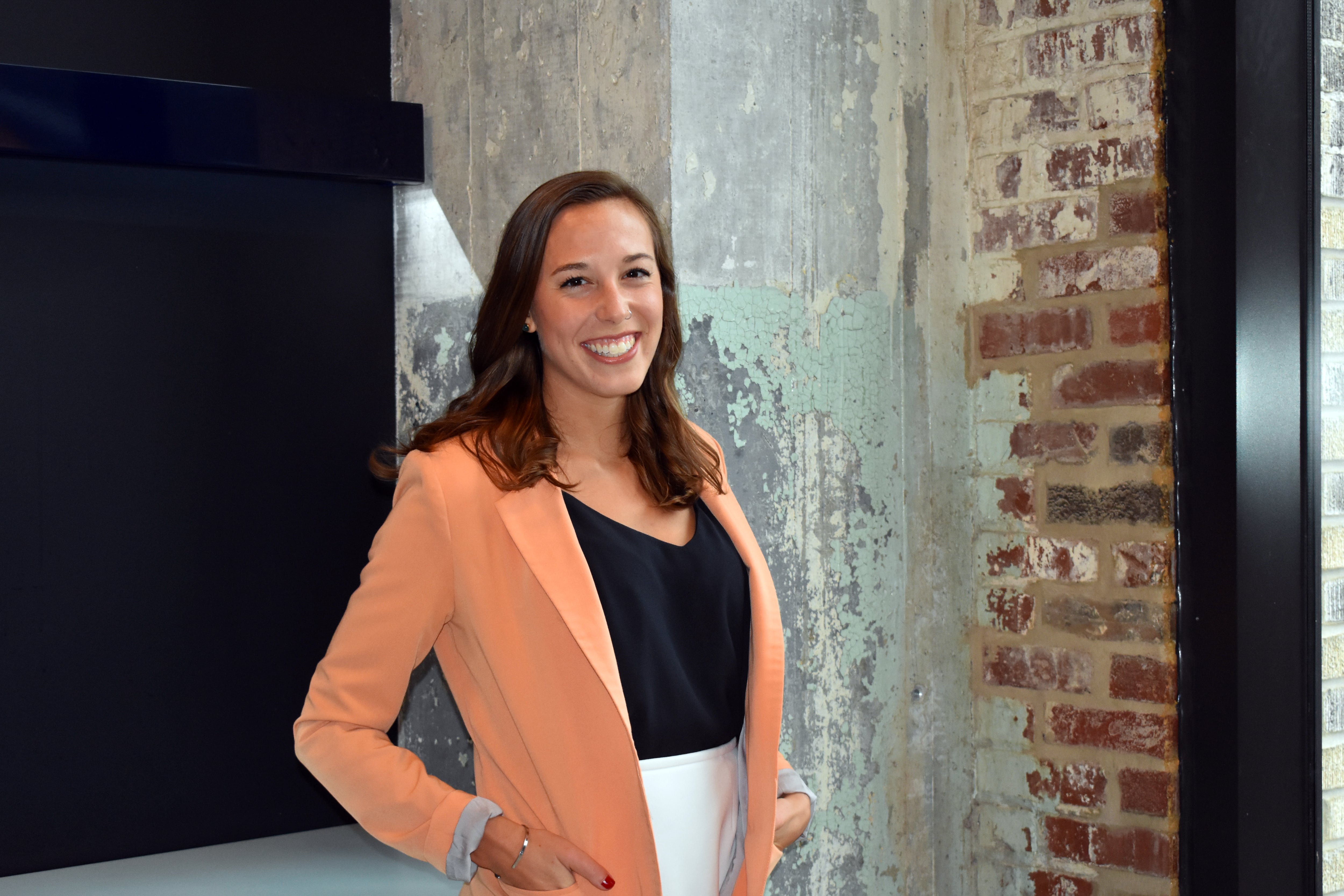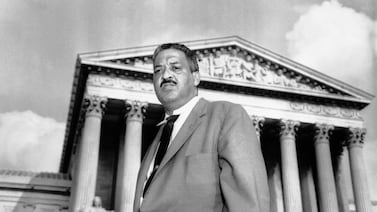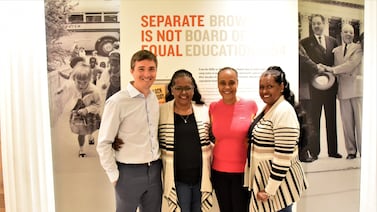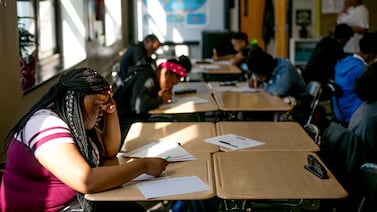Christine Shultz, in her seventh year of teaching, is used to being able to scan her Memphis classroom and quickly pick up on which of her students need some extra help or a pep talk.
“In the past, I have been able to prompt students by walking over to their desk and in the moment could make changes to the materials they received,” said Shultz, who teaches eighth grade special education at Freedom Preparatory Academy Charter School.
Remote learning has made that harder. “Now I need to coordinate with the general education teacher, set up a breakout room, and then make sure I am bringing students back at the exact right moment to continue with the lesson,” she explained.
Despite all of the challenges of distance learning during a pandemic, Shultz said she has been extremely impressed with her students, many of whom are balancing their own schoolwork while also helping with their younger siblings. Freedom Prep was one of several Memphis charter organizations that quickly moved to online learning in the spring and has stayed virtual since.
Chalkbeat spoke with Shultz, who was named one of this year’s New Memphis educators of excellence. She shared how an internship at a human rights nonprofit led her to the classroom, why she uses GIFs in math lessons, and why “pencils down” applies to teachers, too.
This interview has been lightly edited for length and clarity.
Was there a moment when you decided to become a teacher?
Growing up, I never thought I would be a teacher. After my junior year of college, I worked at Amnesty International for a summer internship. I worked with the communication department, basically reviewing all of the terrible things that were happening in the world. It was a pretty disheartening process, and made me realize that I didn’t want to be sitting behind a desk reporting on these injustices, I wanted to be trying to fix them. I took an education class to fulfill an elective credit for college. I remember how we were talking about kids in terms of statistics. I remember thinking, “Wait a minute, these are actual kids with actual stories, not just a number on a page.” So between those two experiences, I was very interested to learn more when Teach for America called me.
What does a typical day look like for you now?
Since the pandemic started I have been teaching remotely, so teaching looks completely different than it did last year. Our school has decided to teach students via Zoom for half of the day, and then give students assignments to complete on their own during the other half of the day. I co-teach in English language arts and math classes in the morning and afternoon, as well as provide reading intervention and lead a homeroom meeting. During my planning periods, I work on paperwork, meet with my co-teachers, and plan lessons for the upcoming week.
What challenges do you face teaching special education this year?
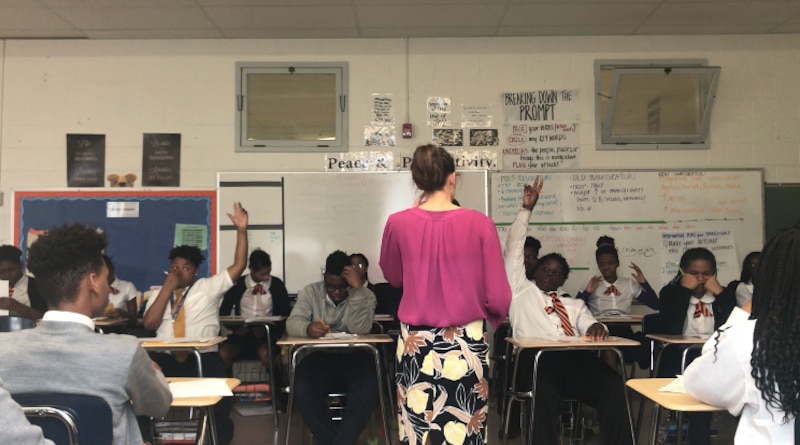
It has been challenging to make sure that all students are getting all the support that they need virtually. In the past, I have been able to prompt students by walking over to their desks and in the moment could make changes to the materials they received. I could also make decisions about whether or not to pull a small group or pull a student into the hallway for a quick pep talk, but now I need to coordinate with the general education teacher, set up a breakout room, and then make sure I am bringing students back at the exact right moment to continue with the lesson.
What has been your favorite lesson to teach remotely — and what about it works well?
One lesson I really loved teaching this year was a math lesson on transformations. I was able to use GIFs to show students real life examples of translations, rotations, and reflections, which helped them remember the definitions of each.
I realized the first day I taught [these concepts], my students didn’t understand that all three of these are examples of movement. I wanted my students to see what these movements would look like in real life off of a grid.
What’s something happening in the community that affects what goes on inside your class?
The main thing impacting the community right now is the pandemic. This has impacted our students in countless ways and has affected all aspects of our classroom. Aside from moving to virtual classrooms, many students are also taking care of younger siblings while they are in classes. I’ve been extremely impressed with my students' ability to juggle online learning and distractions in order to make sure they are still getting their education.
This has been a challenging year. What do you hope school will look like at this time next year?
I would love to be back in the classroom by this time next year. I am excited to take aspects of the virtual classroom and apply them to the traditional classroom; I foresee increased use of technology, which will lead to increased engagement, and more real-time feedback from teachers.
What’s the best advice you ever received — and how have you put it into action?
My first year of teaching I was told that I needed to set a firm time to stop working each night — and then actually stop working at that time. For me, this looked like putting down all my work by 7:30 p.m. at the latest. By giving myself a break, I was able to be more productive when I was working and more empathetic with students, which translated into a happier environment for everyone.


